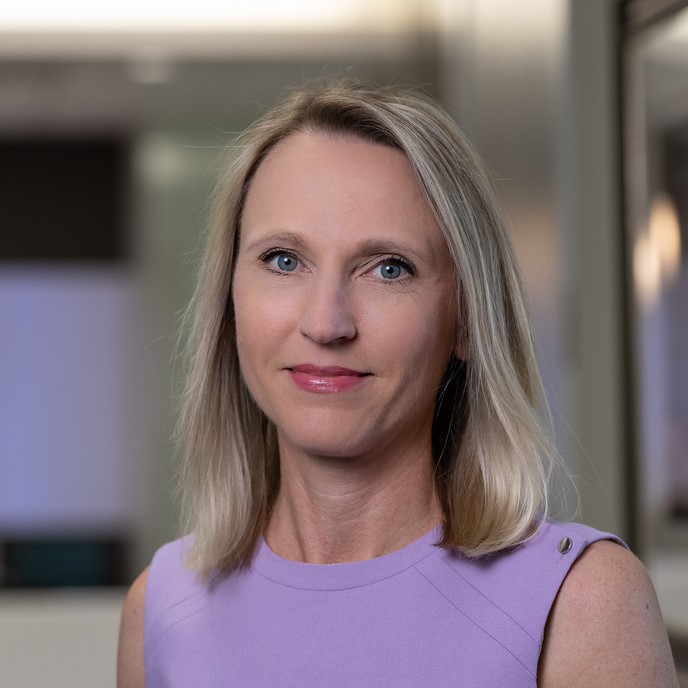There is a common saying that time heals almost everything. Yet, even as we embark on the fifth year since the pandemic began, most of

Looking For a Stronger Sequel
- The observable rate of return in the market has fallen. We are all painfully aware of the lack of available yield in the bond market today. With the yield on the 10-year U.S. Treasury Bond hovering around 2%, investors can expect less than half the ‘risk-free’ 10-year bond yield available to them just 10 years ago. These low interest rates have been a boon to the economy as well as to corporate and household balance sheets, but have been, and continue to be, a penalty to savers, investors and retirees. Not surprisingly against this backdrop, many asset classes have appreciated, which has further contributed to a lower forward return environment.
- The relative return opportunity has proven challenging. Historically, relative return opportunities have improved as economic cycles have matured. But this time around, perhaps due to the sheer quantity of assets now allocated to hedge funds, high-frequency quantitative traders and arbitrage firms (all vehicles that work to identify and rapidly close any perceived mispricing in the market), active managers have continued to struggle. There is also some evidence that this dynamic may be contributing to the overall volatility in the market, a double-edged sword as volatility can create both challenging near-term investment results as well as opportunities for long-term investors.
- Despite these observations, there are reasons to be optimistic about the year ahead. As we look into 2016, notwithstanding the market-wide phenomenon of low absolute and relative rates of return, and a tough start to the year, we conclude that investor sentiment has become overly pessimistic. With markets now flat for the last year-and-a half, corporate earnings slated to post mid-single digit growth and a relatively benign inflation and interest rate environment, portfolio returns may be better than capital market participants currently anticipate.
Articles and Commentary
Information provided in written articles are for informational purposes only and should not be considered investment advice. There is a risk of loss from investments in securities, including the risk of loss of principal. The information contained herein reflects Sand Hill Global Advisors' (“SHGA”) views as of the date of publication. Such views are subject to change at any time without notice due to changes in market or economic conditions and may not necessarily come to pass. SHGA does not provide tax or legal advice. To the extent that any material herein concerns tax or legal matters, such information is not intended to be solely relied upon nor used for the purpose of making tax and/or legal decisions without first seeking independent advice from a tax and/or legal professional. SHGA has obtained the information provided herein from various third party sources believed to be reliable but such information is not guaranteed. Certain links in this site connect to other websites maintained by third parties over whom SHGA has no control. SHGA makes no representations as to the accuracy or any other aspect of information contained in other Web Sites. Any forward looking statements or forecasts are based on assumptions and actual results are expected to vary from any such statements or forecasts. No reliance should be placed on any such statements or forecasts when making any investment decision. SHGA is not responsible for the consequences of any decisions or actions taken as a result of information provided in this presentation and does not warrant or guarantee the accuracy or completeness of this information. No part of this material may be (i) copied, photocopied, or duplicated in any form, by any means, or (ii) redistributed without the prior written consent of SHGA.
Video Presentations
All video presentations discuss certain investment products and/or securities and are being provided for informational purposes only, and should not be considered, and is not, investment, financial planning, tax or legal advice; nor is it a recommendation to buy or sell any securities. Investing in securities involves varying degrees of risk, and there can be no assurance that any specific investment will be profitable or suitable for a particular client’s financial situation or risk tolerance. Past performance is not a guarantee of future returns. Individual performance results will vary. The opinions expressed in the video reflect Sand Hill Global Advisor’s (“SHGA”) or Brenda Vingiello’s (as applicable) views as of the date of the video. Such views are subject to change at any point without notice. Any comments, opinions, or recommendations made by any host or other guest not affiliated with SHGA in this video do not necessarily reflect the views of SHGA, and non-SHGA persons appearing in this video do not fall under the supervisory purview of SHGA. You should not treat any opinion expressed by SHGA or Ms. Vingiello as a specific inducement to make a particular investment or follow a particular strategy, but only as an expression of general opinion. Nothing presented herein is or is intended to constitute investment advice, and no investment decision should be made based solely on any information provided on this video. There is a risk of loss from an investment in securities, including the risk of loss of principal. Neither SHGA nor Ms. Vingiello guarantees any specific outcome or profit. Any forward-looking statements or forecasts contained in the video are based on assumptions and actual results may vary from any such statements or forecasts. SHGA or one of its employees may have a position in the securities discussed and may purchase or sell such securities from time to time. Some of the information in this video has been obtained from third party sources. While SHGA believes such third-party information is reliable, SHGA does not guarantee its accuracy, timeliness or completeness. SHGA encourages you to consult with a professional financial advisor prior to making any investment decision.
Other Posts By This Author
- – A New Year’s Toast to the Silicon Valley Entrepreneur
- – How I Learned to Love the Bot
- – Thank You for Your Partnership
- – The Coming Deglobalization
Related Posts









